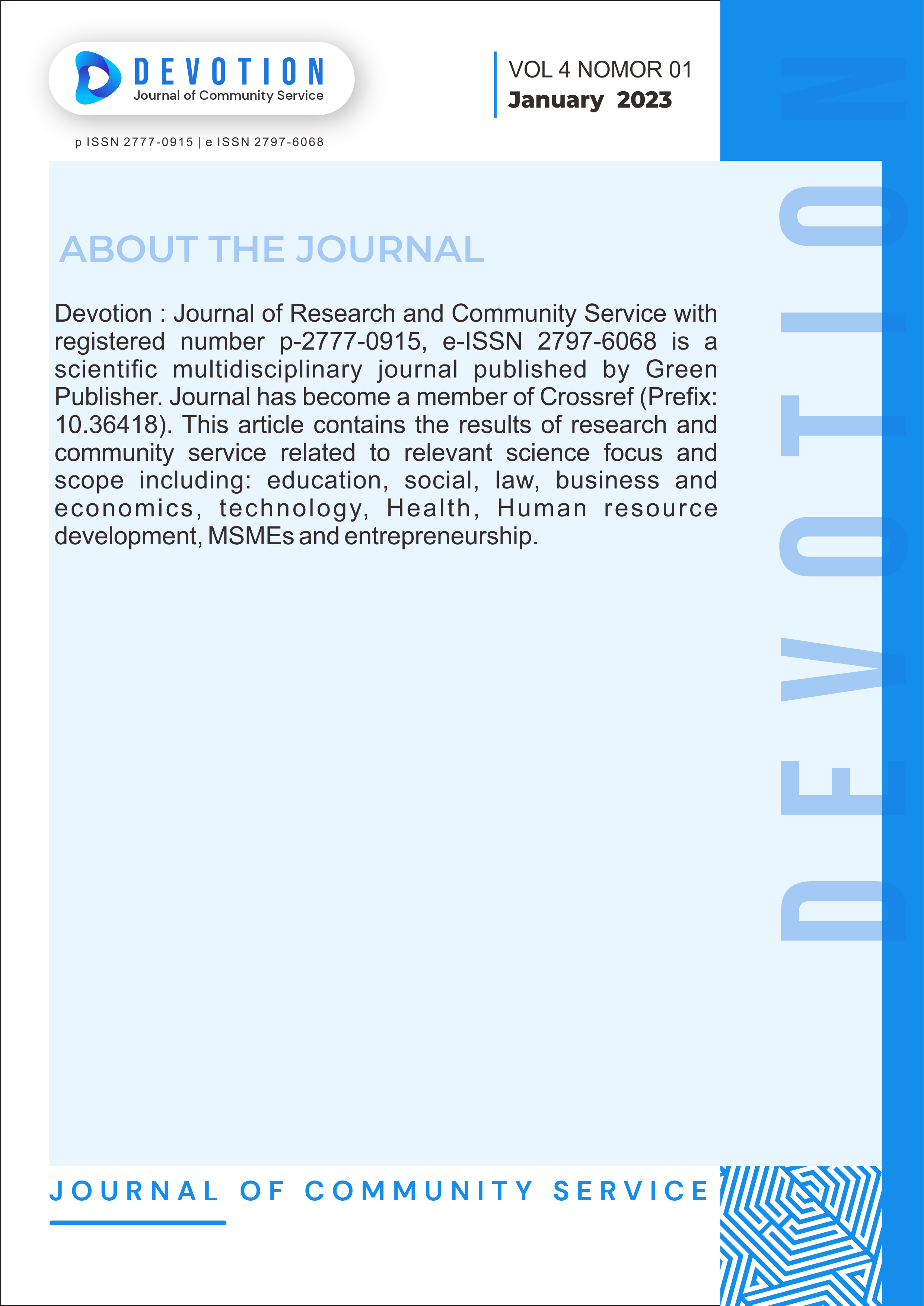Detection of Helminth Parasites Inside Beef Cattle at The Slaughterhouse
DOI:
https://doi.org/10.36418/dev.v4i1.357Abstract
Slaughterhouse is a facility where farmed animals are butchered, primarily for food and this facility already have permission letter to operate from the local government because it has meet criteria of animal health standards, as well as a place for monitoring and surveillance of animal diseases and zoonoses. Attempt to develop beef cattle can be potentially improved. Yet, due to poor beef cattle rearing methods, such as poor pen sanitation, accumulation of cow dung in the pen and leftover cow feed in the pen, it will affect the condition of cow pen. The cows will not feel comfortable in dirty pen and dirty pen will cause disease by parasites. This study aims to detect the presence of Helminth class parasites in beef cattle at slaughterhouses. This research is an observational study with a purposive sampling method. The samples used were dung of Balinese and local beef cattle, with a total of 70 samples. Examination of the samples was carried out using a microscope and applying the kato-katz method to see the type of worm eggs/parasites inside the dungs. The results showed that of the 70 dung samples that had been examined, there were 61 positive samples (87.14%) infected with worm eggs from the helminth group, and 9 samples (12.84%) tested negative because there were no worm eggs visible on microscopy. Worm infections obtained from nematodes were sorted from highest to lowest respectively, namely Ascaris by 31 (44.28%), Bunostonum trigonocephalum 7 (15.71%), Haemonchus contortus 8 (11.42%), and Moniezia bendeni 11 (10). %), then worm infection from trematodes namely Fasciola hepatica by 4 (5.71%).
Published
Issue
Section
License
Copyright (c) 2022 Sagaf Sagaf, Nur Indang, Vera Diana

This work is licensed under a Creative Commons Attribution-ShareAlike 4.0 International License.
Authors who publish with this journal agree to the following terms:
- Authors retain copyright and grant the journal right of first publication with the work simultaneously licensed under a Creative Commons Attribution-ShareAlike 4.0 International. that allows others to share the work with an acknowledgement of the work's authorship and initial publication in this journal.
- Authors are able to enter into separate, additional contractual arrangements for the non-exclusive distribution of the journal's published version of the work (e.g., post it to an institutional repository or publish it in a book), with an acknowledgement of its initial publication in this journal.
- Authors are permitted and encouraged to post their work online (e.g., in institutional repositories or on their website) prior to and during the submission process, as it can lead to productive exchanges, as well as earlier and greater citation of published work.













